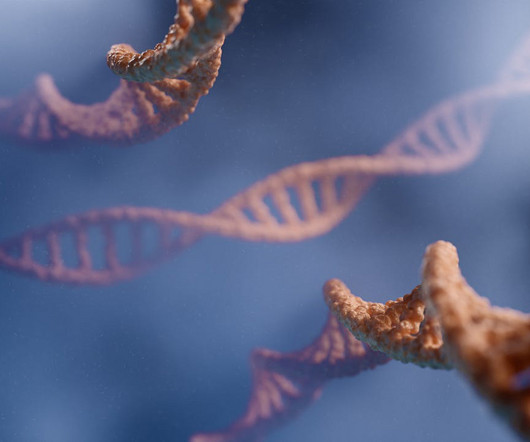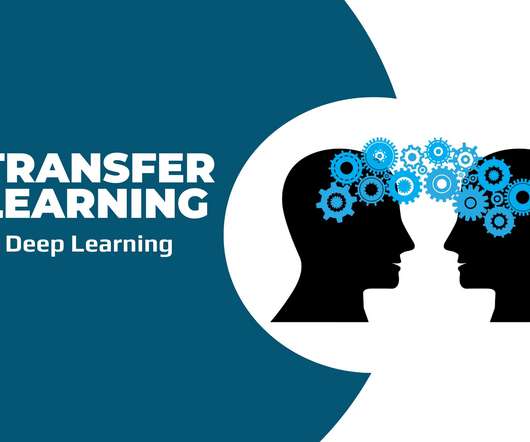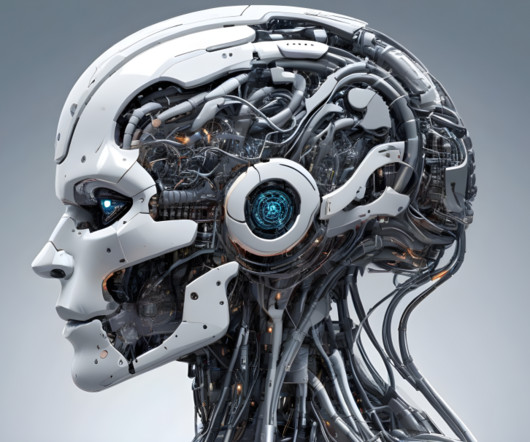Convolutional Neural Networks: A Deep Dive (2024)
Viso.ai
JANUARY 2, 2024
In the following, we will explore Convolutional Neural Networks (CNNs), a key element in computer vision and image processing. Whether you’re a beginner or an experienced practitioner, this guide will provide insights into the mechanics of artificial neural networks and their applications. Howard et al.












Let's personalize your content